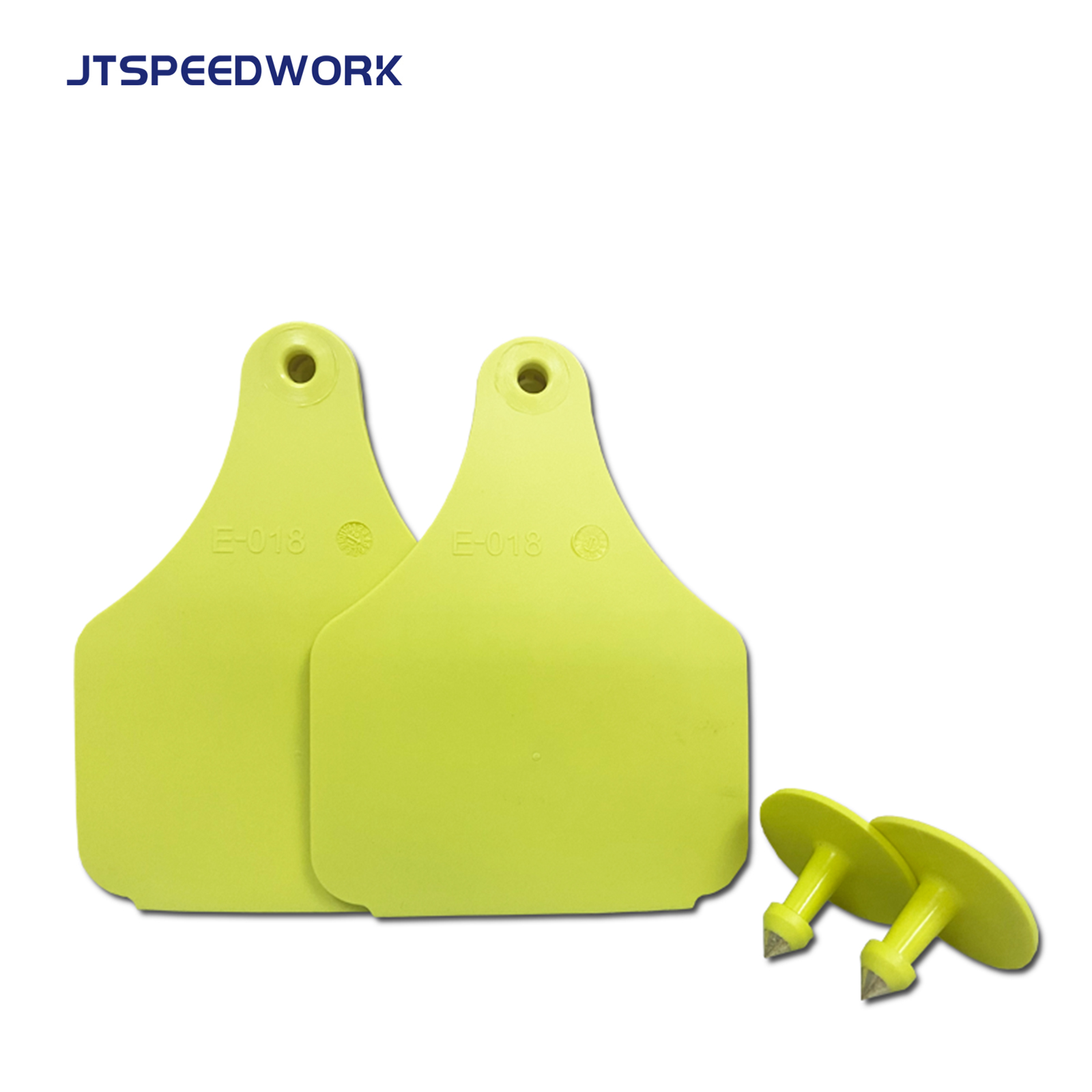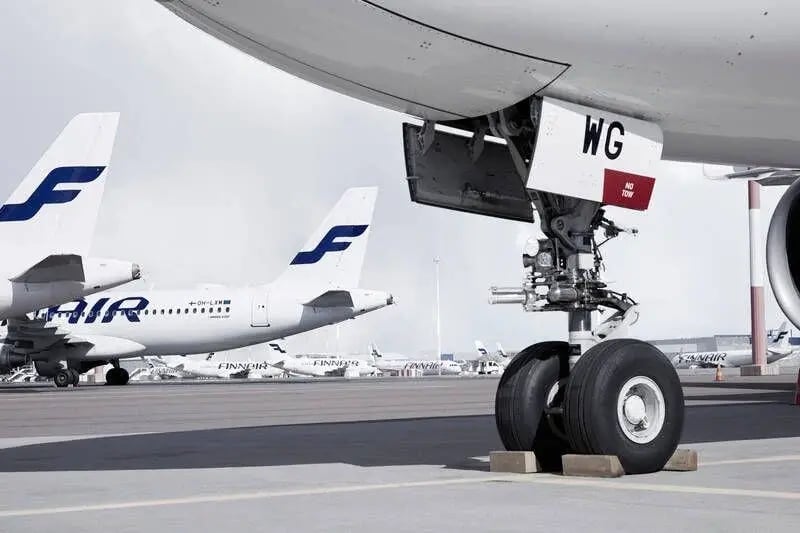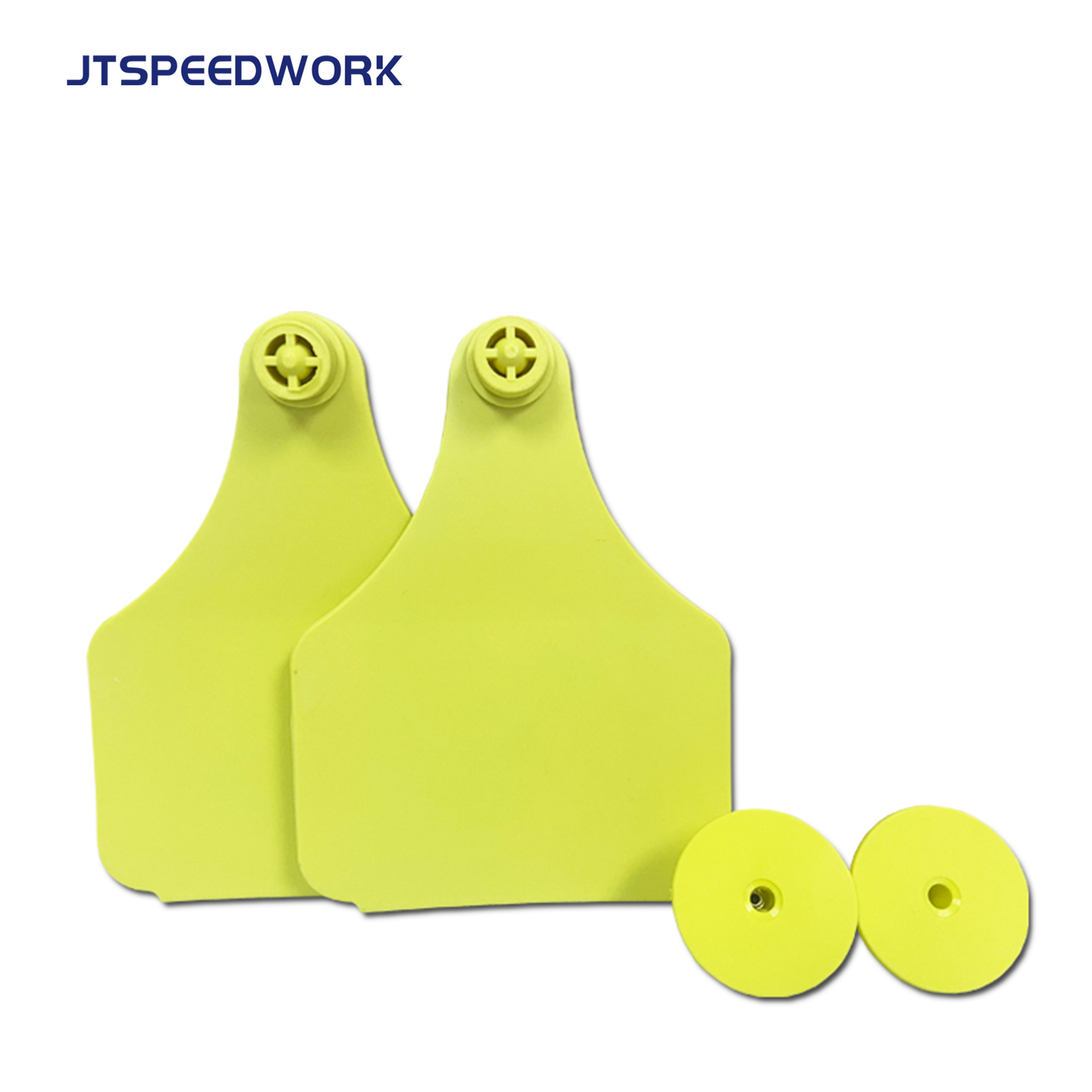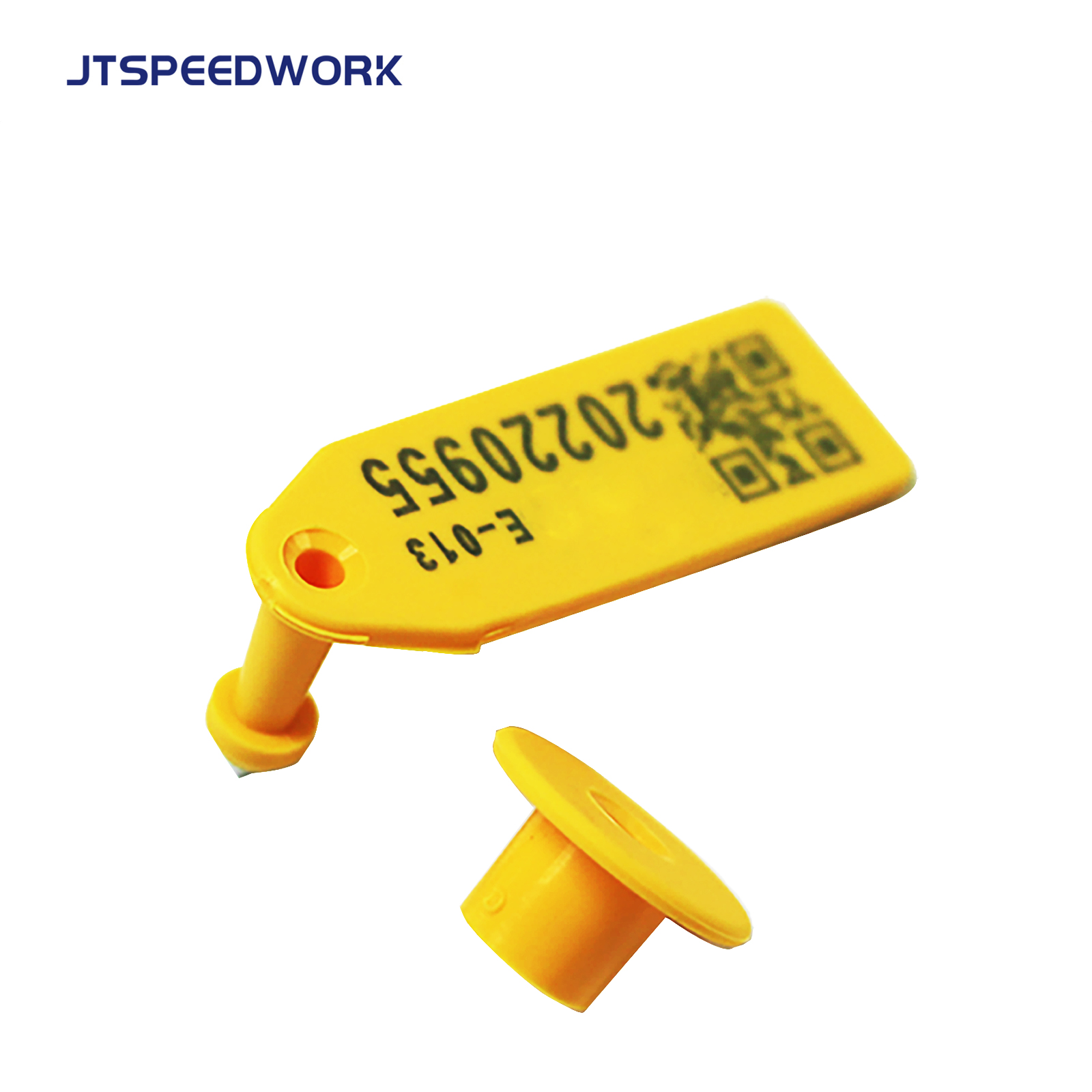Every year there are very many disasters and accidents around the world, which have a great impact on society, so how to ensure effective scientific protection in the event of a disaster, firefighting equipment is the umbrella of life, so the construction of firefighting facilities has a very great significance, RFID firefighting equipment management technology can be effectively managed. The management and maintenance of fire equipment are crucial. When a disaster occurs, the fire equipment becomes an effective guarantee of life, so each piece of equipment needs a complete record of information, and should be replaced as soon as it is found to be damaged. The use of advanced information technology, strengthen the information management capabilities, strengthen the supervision of the inspection process, improve the management level of the entire fire apparatus, to eliminate potential safety hazards has been a matter of urgency.
- RFID fire apparatus management
How to carry out scientific management and purchase? Purchase of fire equipment, registration of fire equipment, the establishment of inspection and scrapping system to effectively ensure the availability of fire equipment. The core of the management of fire equipment is to establish a basic database, and in various key points of data collection and reading and writing, RFID identification technology can meet a variety of needs, so the RFID technology used in the management of fire equipment. Therefore, the use of RFID technology in the management of fire equipment. Avoid the manual operation and record the time consumption and error, for the fire equipment to implement security.
RIFD technology using wireless electromagnetic waves to achieve non-contact data acquisition and reading, can work in complex environments, and RFID also has the uniqueness, can not be imitated, so that all the effective security. The fire department can carry out all kinds of information prompts on RFID tags, through the development of the plan to carry out effective implementation. By installing RFID tags on the fire equipment, corresponding to the asset information storage, to accurately collect and read the detailed information. The RFID electronic tag can record the purchase information of fire equipment, installation time, responsible person, inspection time and other important information.
Establish complete fire electronic file, the management department arranges the inspection personnel to inspect the fire equipment inspection work, found and damaged fire equipment, check the equipment purchase time, use situation, timely replacement, and form an effective record, in order to prepare for the subsequent query. Can be set up in the basic information to determine the location of the fire equipment, as well as inspection records, real-time inspection of personnel operating information for effective supervision. In this way RFID fire equipment management technology effectively and scientifically manage each piece of equipment, timely detection of the use of equipment, comprehensive analysis of the system's various records for management.
- RFID fire equipment management
Internet of Things RFID technology in the field of fire protection, including the application of fire alarm system, electrical fire monitoring system, fire hydrant monitoring system, fire emergency evacuation system, fire supervision and inspection of business applications, fire daily management applications, fire inspection applications. Fire IOT is based on radio frequency identification technology (RFID) and intelligent sensing technology. Each fire protection facility that needs to be monitored is affixed with RFID electronic tags, and the automatic identification of the target object and access to the object information is realized through RFID technology. The fire protection facilities that need to be monitored use intelligent sensing technology to realize on-line monitoring. The intelligent sensing technology uses the sensing technology, the microcontroller technology, the communication technology, through the miniature sensor realizes to the space environment and the monitoring object real-time perception and the detection, and accesses the network so that the firefighting personnel at all levels can real-time monitor the equipment's operation.
RFID technology will make the fire daily management become more effective and concise. Through the RFID intelligent sensors on the fire fighting facilities will fire fighting facilities work real-time transmission, timely understanding of the operation of fire fighting equipment, timely detection of fire hazards. Daily inspection, inspectors configure RFID radio frequency identification equipment terminal can patrol the point of data collection, real-time understanding of the operation of the fire apparatus.
Fire apparatus and facilities is the guardian of safety, to ensure that the maintenance and management of fire apparatus and facilities is of great significance. The use of advanced information technology to strengthen the ability of information management, the need to strengthen the supervision of the inspection process, thereby improving the management level of the entire fire apparatus, arrive at the elimination of hidden safety hazards. The establishment of information data on fire apparatus and equipment, and the collection of data and information at various key points. RFID technology is used in the management of fire equipment, so that the management of equipment becomes easy and simple, to avoid manual operation and recording of various data errors and time consuming, to solve the problems in the existing management mode, for the safe use of fire equipment to get a strong guarantee. rfid technology to make the management of fire equipment more efficient!
- RFID fire extinguishers management
At present, the management of fire extinguishers are still manually checking, manual records, inspection records are filed in paper form, the inspection process found in the accident, such as fire extinguishers have been turned on, the weight is not enough, insufficient air pressure and other phenomena, are filled out a separate form to record, and after the record it is easy to confuse the extinguishers because the appearance of the extinguishers have a certain degree of similarity, it is not easy to identify. Encountered an emergency, or the need to view the specific information of a fire extinguisher, often can not get the relevant information of the fire extinguisher in a timely manner, to pursue the responsibility, there are often responsible for the phenomenon of unclear, etc., the loss of a fire extinguisher information will affect many of the management of fire extinguishers, and whenever it comes to the replacement of fire extinguishers, it is more of a problem. If the production date of fire extinguishers accumulated over time, ambiguous, it is difficult to have grasped whether the need to send repair or expiration date, fire management department inspections, even if you can barely see, but also to calculate the date of inspection supervision is inefficient.
Based on the RFID technology fire equipment management system through the fire equipment on the installation of RFID tags, in the background binding the corresponding assets information, in the key nodes and processes, through the collection of RFID tags information, to accurately obtain to the assets of the detailed information.
Demand for the use of electronic tags in the fire industry
The fire extinguisher from the factory, the daily check to the maintenance and the scrapping, the management mainly concentrates in the maintenance and the check two aspects, but these two aspects must be for each different fire extinguisher.
(1) Maintenance
Maintenance is mainly to check the storage environment of the fire extinguisher, such as should be avoided upside down, rain, exposure, strong radiation and contact with corrosive substances, fire extinguishers placed, should be kept dry and ventilated to prevent corrosion of the cylinder by moisture. Under normal climatic conditions, can maintain a good environment for fire extinguishers stored.
(2) inspection
Inspection is the most important work. Security Office of the fire extinguishers at least once a quarter to check the situation, the inspection includes: the responsible person to maintain the implementation of the duty, the fire extinguisher pressure value is in the normal pressure range, whether the safety pin and seal is intact, placed firmly, no buried pressure, fire extinguishers in the validity of the period, etc., to check the effective state of the fire extinguishers to be made into the "fire extinguisher inspection records ", archived for verification.
The core of the electronic tag is the RFID chip, each chip has its own "ID card": a globally unique digital code, and this digital code in the factory production has been solidified in the chip, can not be changed, based on this feature, each fire extinguisher can be labeled through the electronic tag or labeling the unique identification, binding the production date, manufacturer, send for repair, whether it should be sent for repair or scrapping information, etc., at a glance, in line with the Internet of Things. At a glance, in line with the background of the development of the Internet of things. Through the electronic label on the fire extinguisher to realize the computerized management, overcome the fire extinguisher quantity is numerous, need to be cumbersome backward manual maintenance, check the record work, the fire management department can through the system can real-time supervision and inspection should be sent to the repair, expiration date, scrapping of fire extinguishers, standardize the market management.
Fire protection enterprises to fire extinguishers and other fire equipment sealing the main purpose is to regulate the fire extinguisher market management, to prevent the sale of illegal, expired or unqualified fire extinguishers on the fire extinguisher, especially with a large number of fire extinguishers, schools, factories, etc. to achieve computerized management, and at the same time to facilitate the local fire department, fire safety throughout the city, as well as fire extinguishers, the inspection and supervision.
RFID function and practicality of more and more industries began to pay attention to, RFID non-contact identification, reading fast, recognition of multi-information, recognition of the distance and other characteristics of the use of RFID quickly expanded to various fields in the management of fixed assets, RFID plays a very important role. With the rapid construction of the city, the full utilization of resources, safety and security has become a major construction of the basic. Fire safety protection also increases with the management of fire apparatus will be a major line of defense for life safety guarding. The introduction of intelligent city, fire will also enter the intelligent construction. Intelligent firefighting is also thus put on a new agenda. Intelligent fire protection is to the Internet of Things, virtualization, geospatial services and other advanced technologies to achieve the dynamic collection of fire professional data, real-time monitoring and scheduling of firefighting and rescue forces such as firefighting equipment, emergency rescue equipment, real-time inspection of the key units of fire protection facilities, and real-time access to images of key locations and firefighting and rescue plans.








